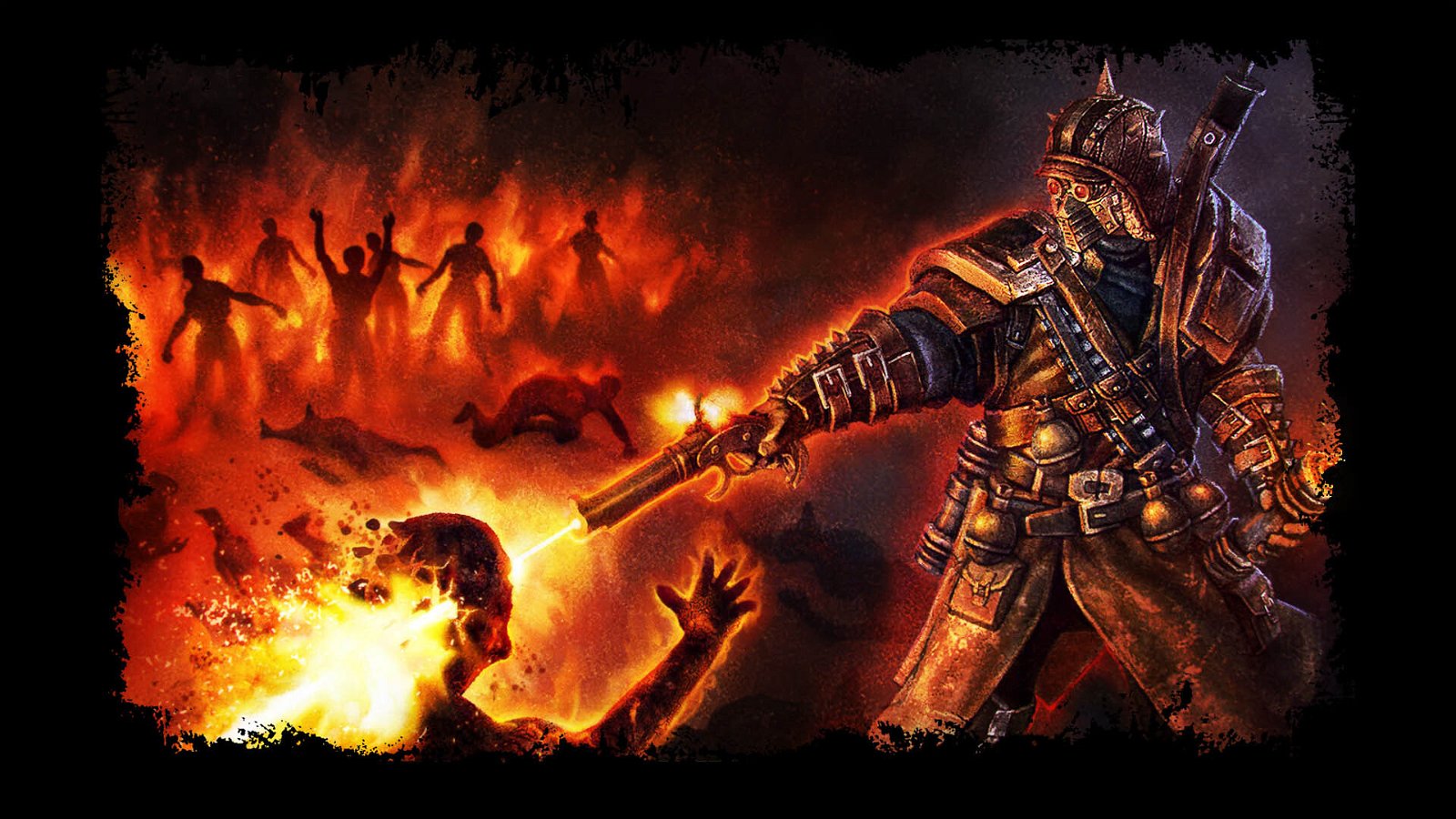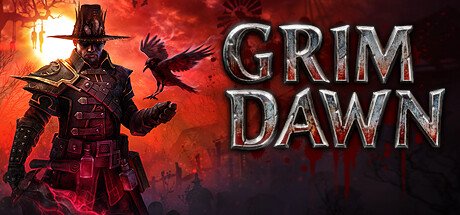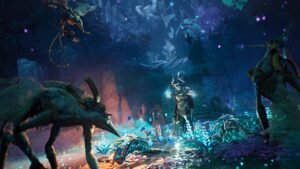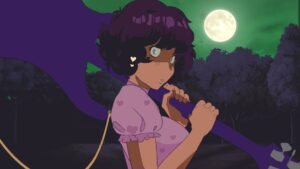It’s been a long road for Grim Dawn in its travels to full release from its Kickstarter debut nearly four years ago and my, has it been enjoyable. Looking at my Steam account, I have just a hair under five hundred hours clocked since the first backer Alpha in May of 2013. More than three hundred of those have been in the past five months and wow, has it ever come a long way. For a comparison, 500 hours is very nearly what I have in Skyrim and Fallout 4. Combined. And then doubled.
Grim Dawn is the first game to come from Crate Entertainment, but make no mistake, this is not some amateur dev team. Founded by Arthur Bruno (the mastermind behind Titan Quest) and created from the ashes of Iron Lore Entertainment, Crate have taken the Titan Quest formula, updated it for 2016, prayed heavily to the Old Gods for influence, and delivered a Lovecraft-themed ARPG that’s of a calibre that we simply don’t see anymore. Make no mistake; Grim Dawn is a game, not a theorycrafting playground as so many ARPGs seem to be as of late. There is a beginning and an end; and that’s a good thing.
It’s no surprise, really, that we’d get a new-age game with a decidedly old-school feel. Crate’s roster reads as a sort of who’s who of classic ARPG and Dungeon Crawler devs. Only, here, there’s an overwhelming wealth of story that’s been written into the game—an unusual addition for a lootgrind kind of game. And this, I feel, is what allows Grim Dawn to truly shine. Unlike so many other ARPGS, which focus on creating a playground for character builds, rather than an adventure for a player, Grim Dawn focuses heavily on its bleak and beautifully crafted world. With the story taking place shortly after the start of the apocalypse brought on by the crazies (Aetherial possessions) and the summoning of hordes of Ch’Thonian demons by end-times cultists who serve the game’s equivalent of The Great Old Ones, Grim Dawn drops the player into a world that is already beyond saving.
Even the player character starts the game in the gallows with the folks of Devil’s Crossing (a makeshift shelter in a prison), attempting to destroy the Aetherial that has possessed him or her (Spoiler Alert: Being Aethertouched makes you awesome). So begins your desperate struggle to make the lives of those around you but a little more bearable, while attempting to piece together what actually happened to the world of Cairn. Interestingly, though, this story isn’t forced on the player and is instead told primarily through notes and books that must be sought out, meaning players that want to just get on with the ham-smashing can do so in peace.

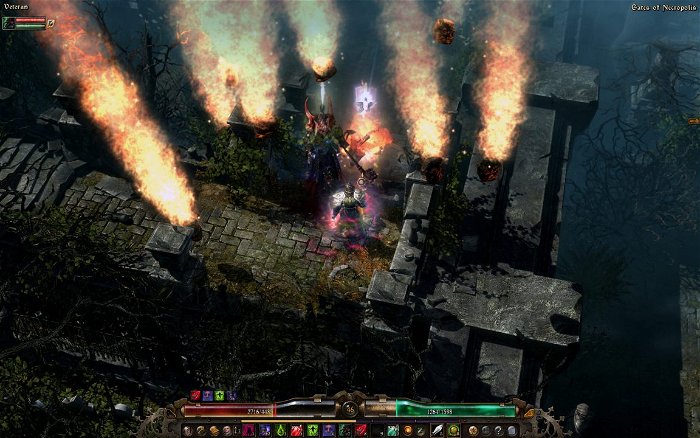
And when it comes to smiting the wicked, the game has done an excellent job of providing options without muddying up the experience. Each of the classes: Soldier, Nightblade, Shaman, Demolitionist, Arcanist, and Ocultist, can be mixed with any one other to provide a wealth of cross-class opportunities, and unlike other games to do this (including Titan Quest, from which the idea was borrowed), there’s an incredible amount of support for the various builds through the game’s itemization. Beyond this, the game’s Devotion system, which allows points earned from restoring sacred shrines to be invested in star sign constellations, allows for further character development, specialization, and stop-gappage in struggling character builds.
There’s a huge amount of attention that’s been paid to giving players control over their characters and creating a genuine sense of cause and effect in the game’s decisions. Sometimes it can mean the death of innocents, or a betrayal from within, or even a quicker route through the game’s story, but choices always have an impact.
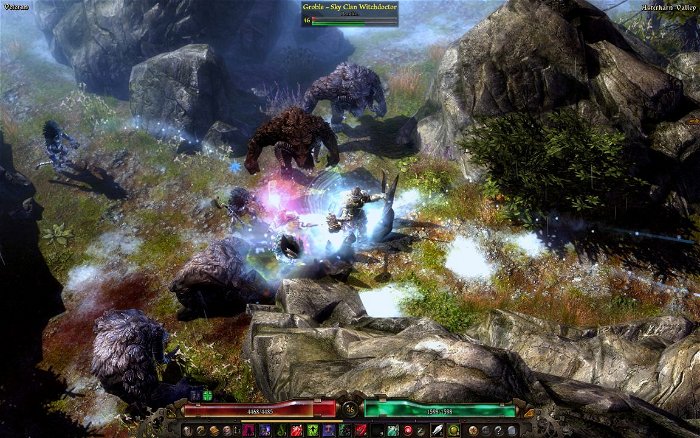
This notion of cause and effect is perhaps best represented through the game’s reputation system. Positive reputation with factions unlocks increasingly more powerful loot and item modifications from vendors, in addition to the usual shop discounts. Negative reputation on the other hand, increases enemy spawns, hero spawns, and eventually causes the dreaded Nemesis spawns—one of Grim Dawn’s forms of endgame content. Oh, and some of the factions are mutually exclusive, so choose wisely.
The inclusion of a Veteran Mode for advanced players adds more challenge and life for those of us seeking more of a tactile and tactical experience beyond the mindless smashing and slashing. Of course, Hardcore Mode is also on offer, changing the focus of the game from hack ‘n’ slash into a more methodical, defensively-minded experience—just ask my lvl 84 Blademaster, the 17th of his line.
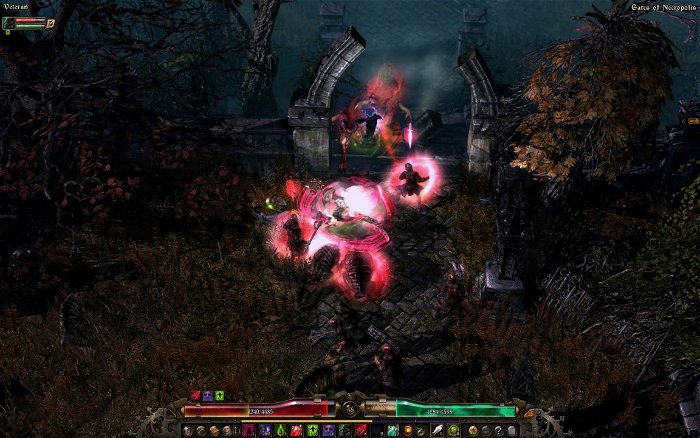

With the recent update of many of the game’s visuals to even further sell the story through the environment, and a bewitchingly fitting soundtrack, Grim Dawn is one of the easiest ARPGs to recommend in recent years. It’s every bit as beautiful to behold and fun to play as it is sombre and brutally difficult. If it weren’t for the occasional desync issues in multiplayer (an issue I expect will get some love post-launch), Grim Dawn, with all its story and diversity of supported playstyles (in addition to its full mod support) would be just about the perfect A-to-B ARPG.
